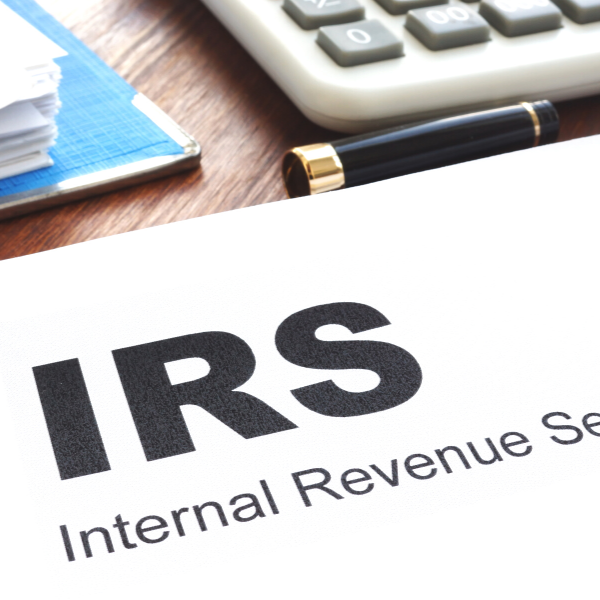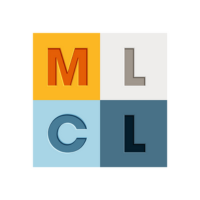This article applies to all those businesses which applied for and received a loan in 2020 through the Paycheck Protection Program (“PPP”). PPP loan proceeds were to be used for certain “covered expenses”, those being payroll, rent, mortgage interest, and utilities that were incurred during the prescribed covered period.
Normal commercial business “loans” must be repaid or else the forgiveness of the loan in full or part creates taxable cancellation of debt income. The PPP loans are unique in that the underlying law contemplates the forgiveness of the borrowed money if the borrower has met the criteria for loan forgiveness and submits documents to the lender requesting loan forgiveness. On May 2, 2020, the Department of the Treasury and the IRS released Notice 2020-32 which stated that no deduction is allowed for covered expenses that are otherwise deductible if the payment of the eligible expense results in forgiveness under a PPP loan.
Many commentators wrote to the IRS questioning how taxpayers should report the PPP loans and covered expenses on their 2020 income tax returns. One question is whether the banks issuing the PPP loans should issue IRS Forms 1099-COD for the amount of the PPP loans forgiven. Amounts reported on Form 1099-COD must be included in taxpayer’s income tax returns. In September 2020, the IRS issued guidance to the lending banks directing them not to issue Forms 1099-COD for the amount of the PPP loans forgiven.
Additional questions have been raised as to whether a taxpayer that received a PPP loan, that subsequently may be forgiven, can deduct the covered expenses in the year in which the expenses were paid or incurred. Multiple scenarios arise depending upon when an application for PPP loan forgiveness is submitted by the taxpayer and whether the application for forgiveness is approved or denied in either 2020 or in 2021. The IRS has just issued Revenue Rule 2020-27 and Revenue Procedure 2020-51 to address these questions.
Revenue Rule 2020-27 provides two fact patterns pertaining to taxpayers that properly applied for and received a PPP loan and incurred covered expenses during the covered period in 2020. In the first situation the taxpayer applied for PPP loan forgiveness before year-end 2020 but had no indication from the lender whether the loan would be forgiven. In the second scenario, the taxpayer had not applied for forgiveness before year end 2020 but expected to apply in the subsequent year. Both taxpayers had a reasonable expectation that their respective PPP loans would be forgiven, predicated upon the taxpayers’ compliance with the PPP loan rules.
Revenue Rule 2020-27 analyzed language in the CARES Act, prior IRS Notices, and certain case law, concluding that taxpayers cannot take tax deductions for expenses paid by a PPP loan that is reasonably expected to be forgiven. Whether the taxpayer had received confirmation of forgiveness, or had even applied for such, is irrelevant. What matters is whether the taxpayer, based on compliance with the program rules, has a reasonable expectation that the loan proceeds used to pay the covered expenses are subject to forgiveness. If so, then the taxpayer may not deduct the covered expenses.
Notwithstanding the clarity of Revenue Rule 2020-27, a taxpayer may wonder what happens if, despite having a reasonable expectation of obtaining loan forgiveness, the requested forgiveness is in fact ultimately denied. Or alternatively, what might happen if the taxpayer never actually files for PPP loan forgiveness? To address these contingencies, the IRS issued Revenue Procedure 2020-51, which provides a deduction safe harbor for covered expenses. Pursuant thereto, a taxpayer may be able to deduct some, or all, of the covered expenses paid for with PPP loan funds.
To be eligible for the safe harbor, the taxpayer must have paid or incurred covered expenses during the prescribed time frame and have a reasonable expectation of forgiveness. The taxpayer must also have, by the end of 2020, submitted, or intend to submit, an application for PPP loan forgiveness. Finally, the taxpayer must receive notification from their lender in 2021 that all or part of the loan forgiveness has been denied. Upon such notification, the taxpayer must irrevocably decide to not to seek loan forgiveness for the denied portion of their PPP loan. This can be accomplished by withdrawing the PPP loan forgiveness application. A taxpayer in this situation may deduct the otherwise nondeductible covered expenses paid for using PPP loan funds. Such a taxpayer, however, may not deduct an amount of nondeductible eligible expenses in excess of the principal amount of the taxpayer’s covered loan for which forgiveness was denied or will no longer be sought. As an example, if a taxpayer’s PPP loan amount was $500,000 and he spent the entire $500,000 on covered expenses during the prescribed time frame in 2020 and the forgiveness of the PPP loan does not happen in 2021, the taxpayer using the safe harbor may be able to deduct the $500,000 in eligible expenses in either his 2020 income tax return or alternatively in his year 2021’s income tax return.
A taxpayer making use of the safe harbor must attach a statement to their tax return on which the deduction is claimed, which must be titled “Revenue Procedure 2020-51 Statement”. The statement must include the taxpayer’s name, address and identification number, a statement specifying the taxpayer is eligible under Revenue Procedure 2020-51 and is applying the safe harbor rules, the amount and date of the taxpayer’s PPP loan, the total amount of forgiveness that was denied or abandoned, the date such denial or abandonment occurred, and the total amount of eligible expenses and nondeductible eligible expenses that are reported on the tax return.
PPP loan administration, forgiveness applications, and tax compliance remain challenging and changing. Please contact your professional tax advisors for additional assistance with maximizing the benefits available to your business and maintaining compliance with your tax obligations.

